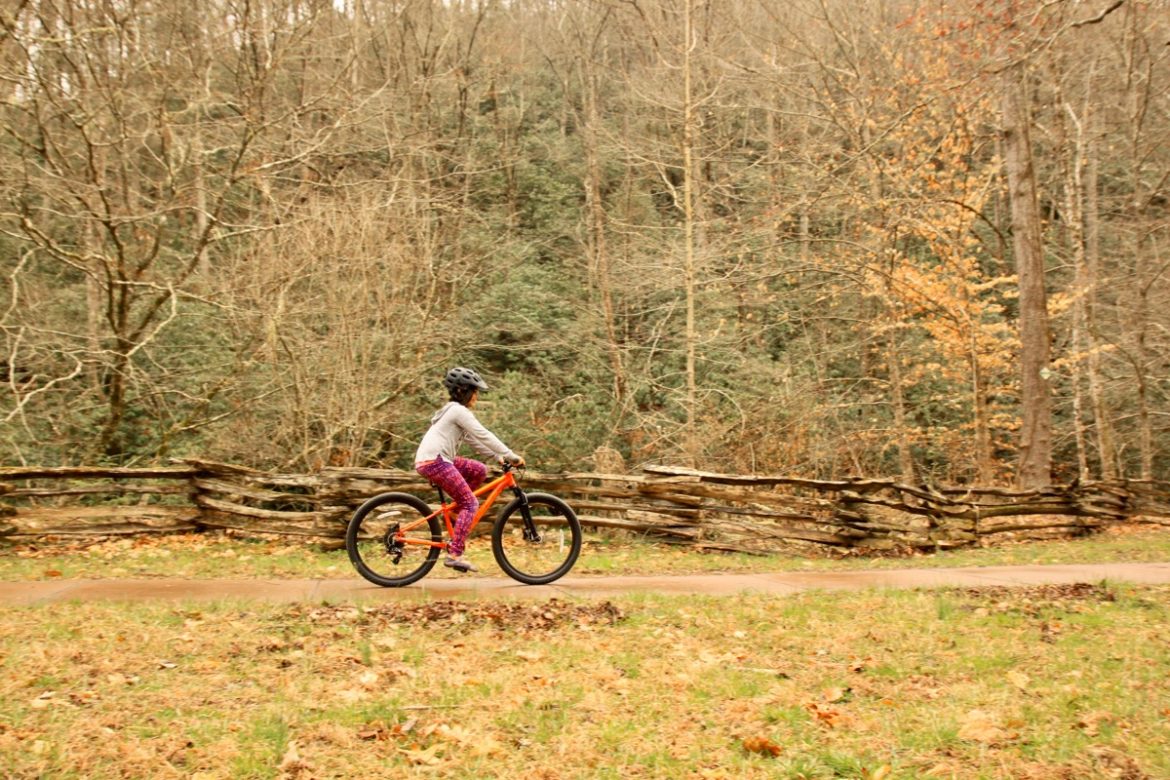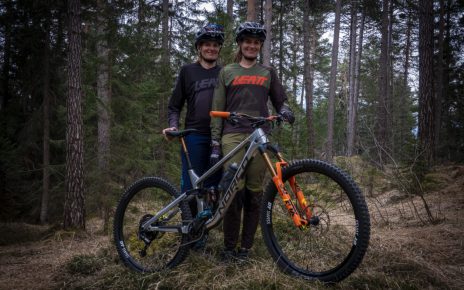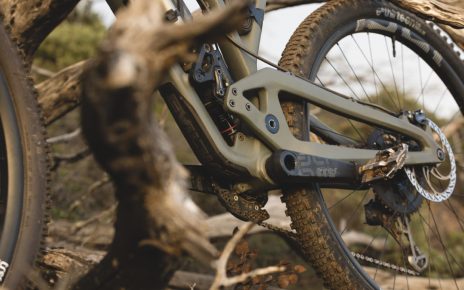How Trek and NICA are building the sport at the high school level
When Whitney Pogue prepared to launch a mountain biking team at Utah’s Corner Canyon High School in 2013, she predicted that a dozen students might sign up.
Upon its launch, the team attracted 75 kids, and quickly became the largest team in the state. Corner Canyon swelled with new participants in the ensuing years. In year two, 100 students showed up; 125 in year three; 160 year four. Today, Corner Canyon caps its participation at 200 riders and is one of the largest teams in the National Interscholastic Cycling Association.
“We could easily have 250 but we capped it because I don’t think we’d be able to handle it,” Pogue said. “We’re right at the foot of the mountains and kids can ride right to the trails. We’re incredibly lucky.”
Overseeing a team this large requires attention to detail and massive support from parents and adult volunteers. Pogue maintains a network of 50 adult volunteers, and on any given afternoon, approximately 35 show up to ride with the kids along the trail network at the foot of the Wasatch mountains. At the outset of the season, coaches have the riders participate in a time trial and downhill skills clinic to assess their overall ability; the kids are then grouped into one of 25 or so training groups. Each group is overseen by an adult volunteer.
“It’s a very deliberate process to team the kids up with a ride leader who can teach them,” Pogue says. “We’re there to encourage them to learn good trail etiquette and judgement on the bicycle.

Corner Canyon’s success highlights the pivotal role that coaches, parents, and adult volunteers play across the National Interscholastic Cycling Association. Just a decade since its founding, NICA has spread to 26 states with 25 total competition leagues. In 2018 alone more than 20,000 high school kids participated in the league, with 8,900 coaches working to help them develop a love for cycling.
But it’s not just parents and coaches who are working hard to ensure that NICA thrives. Trek Bicycles is an ardent supporter of NICA coaches, parents, and participants.
Trek donates $10 from the sale of every full-suspension mountain bike, and $1 from the sale of every Bontrager mountain-bike tire, to NICA, with many of Trek’s retail partner’s matching that donation. This adds up to more than $1 million annually, and has helped make Trek and it’s retail partners the single largest monetary contributor to NICA.
Trek also opens its doors to host the Wisconsin High School State Championships race every year at its campus in Waterloo, Wisconsin. For the event kids are invited to ride and race Trek’s home trails, which are professionally maintained and generally closed to the public. The event embodies Trek’s and NICA’s shared drive to get #morekidsonbikes as a way to helping bring more people into the cycling world.
NICA is in constant need of more adult volunteers to act as coaches and mentors, and Trek helps provide resources for volunteers, and coaches to find high school teams to work with. Across the country, these coaches and volunteers have helped grow NICA at a staggering growth rate (48% annually increase in student participation) and now has leagues in 25 states. NICA volunteers and coaches make sure kids are safe on training rides and teach them the skills needed to descend a rocky trail or climb a steep hill. NICA’s coaching manual teaches these coaches the basics of teaching, but most coaches take it upon themselves to develop their own methods.
“I coach to the slowest rider,” says Joel Zellers, coach of the Wood River High School team in Hailey, Idaho. “You have a disability and you want to ride, you’re on my team. If you want to race, you race. The only requirement I have at practice is that you have a good time.”
Coaches like Zellers provide the encouragement to develop new skills and techniques to have more fun while riding. They are there as support when needed, bandaging bruises or cuts and also provide the motivation to remount and try again. They drive kids to and from practices and competition and help kids choose and maintain their gear and are often the first ones to fix a flat tire or tape a frayed derailleur cable.
It’s the combined work of these coaches and volunteers that will grow the sport of cycling and get more kids on bikes.




